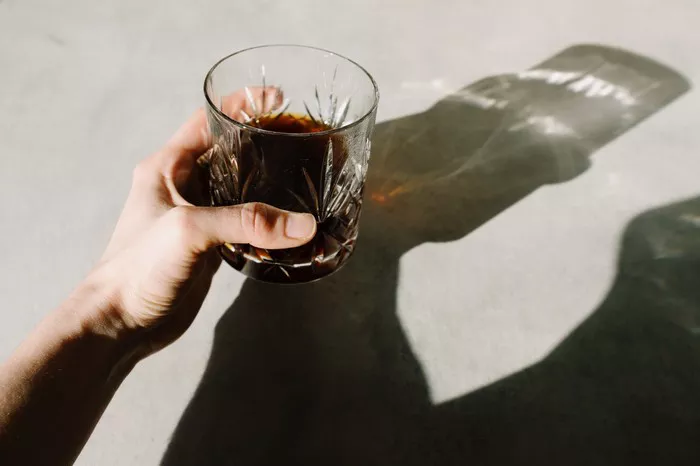Bandol, renowned for its robust red wines crafted from the tannic Mourvèdre grape, faces the perennial question: should one drink these wines young or wait for their tannins to mellow over time?
Daniel Ravier explains that in wine, the balance between softness (alcohol, glycerol, and possibly sugar) and hardness (acidity, bitterness, and tannins) is crucial. Tannins, the backbone of red wines and some rosés, provide the essential structure.
Stéphane Bourret notes that Mourvèdre’s tannic structure can be harsh if not fully ripe or if extracted through extended maceration. The grape’s ripeness is essential to soften its edges. Bandol wines, known for their tannic nature, benefit from the region’s abundant sunshine, which contributes to higher alcohol content. For balance, wines need either tannins or acidity alongside alcohol.
Ravier emphasizes the importance of ripe Mourvèdre tannins, likening Bandol wines to Mediterranean sunshine captured in a bottle. These wines have structure and power, similar to Barolo wines, with potent tannins that can be too strong for some in their youth.
When Ravier joined Tempier, he found a unique finesse and tannin structure in the region’s terroirs, particularly in Plan du Castellet. The proximity to the sea provides freshness, creating a balance between sunshine and acidity. Despite variations, Bandol wines share a common thread, anchored in Mourvèdre.
Bourret, acknowledging his preference for tannic reds influenced by the southern sun, admits that with age, winemakers seek more refined, complex wines. The interpretation of tannin ripeness sets him and Ravier apart. While Ravier favors crispness and acidity, Bourret’s terroirs, like Bastide Blanche, require a different approach. He opts for ripe maturity, even slight overripeness, to balance robust tannins with ripe fruitiness. Despite these differences, both winemakers share a vision of what a Bandol red should embody.


